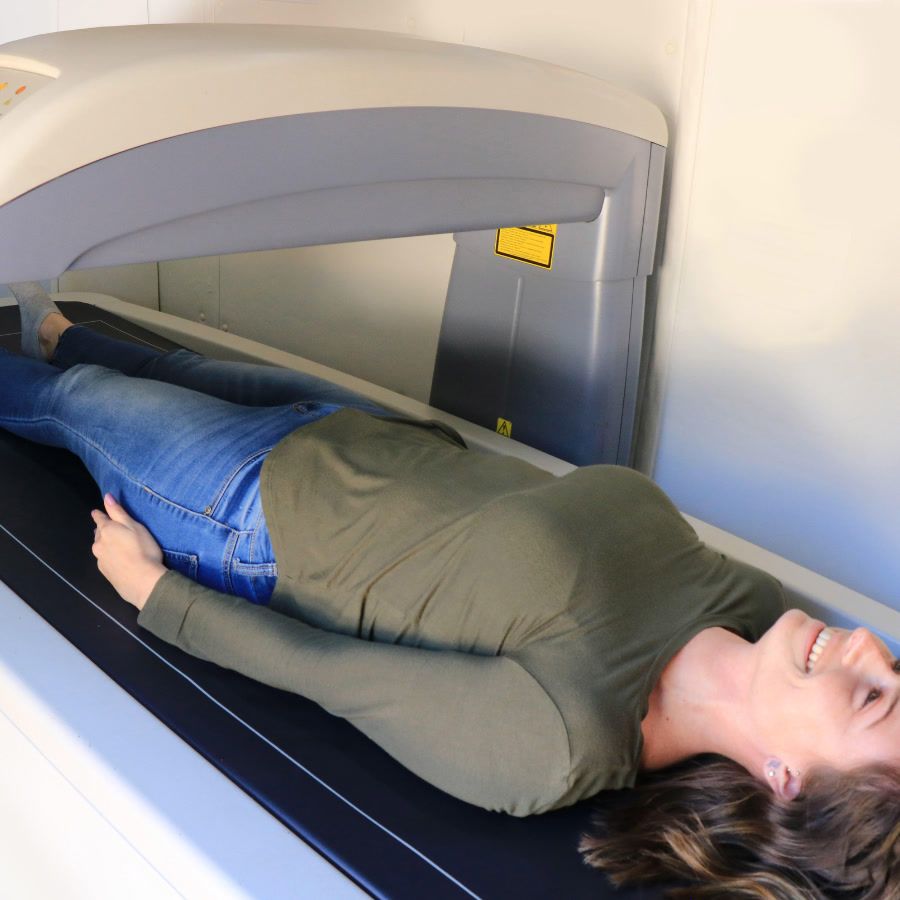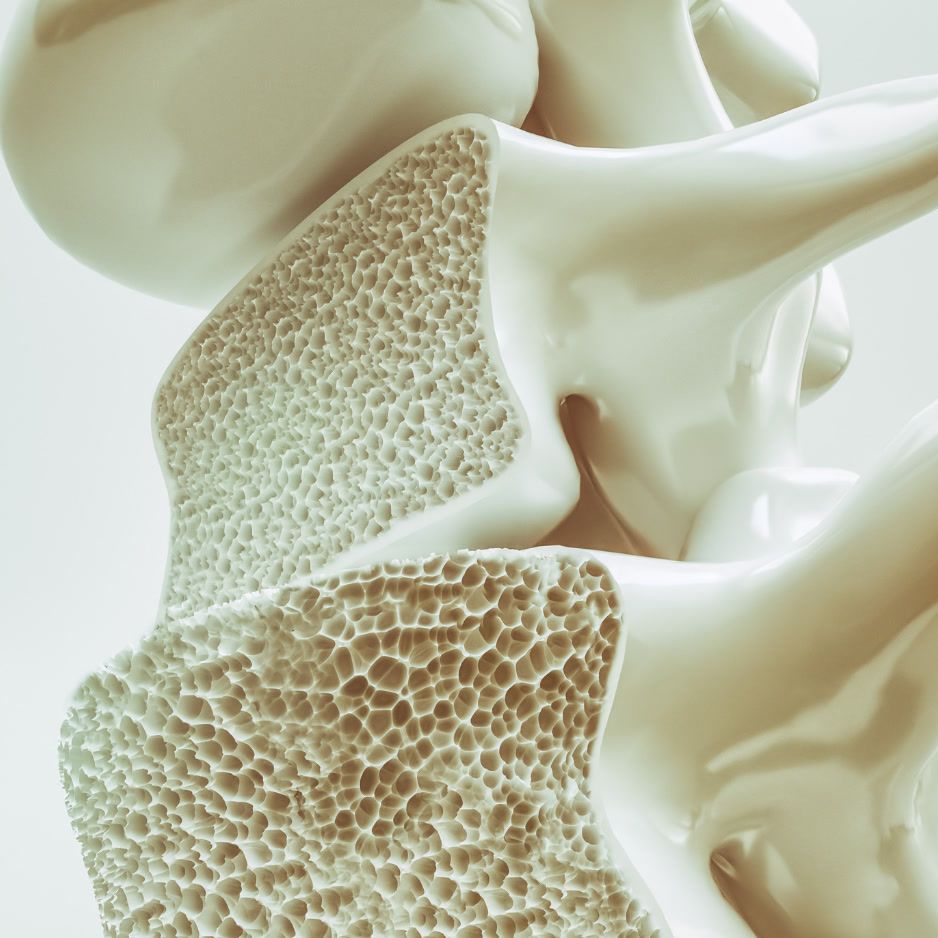What Is Lean Muscle? An Overview

What Is Lean Muscle? A Comprehensive, Science-Backed Guide
Lean muscle refers to skeletal muscle tissue (the contractile fibers that power every move you make), considered separately from body fat. In other words, it’s the active tissue that lifts your groceries, propels your weekend 5K, and burns calories even while you’re relaxing on the couch after a long day.
Lean Muscle vs. Lean Body Mass — Clearing Up the Jargon
| Term | What’s Included | What’s NOT Included |
|---|---|---|
| Lean Muscle | Skeletal muscle fibers (myofibrils), connective tissue, blood supply | Subcutaneous & visceral fat, bone mineral |
| Lean Body Mass | Lean muscle plus organs, bones, water, connective tissue | All adipose tissue |
Source: International Society of Sports Nutrition
Why Lean Muscle Matters: Benefits at a Glance
| Benefit | Why It Helps |
|---|---|
| Higher Resting Metabolic Rate | Skeletal muscle burns ~13 kcal/kg/day vs. ~4.5 kcal/kg/day for adipose tissue—about 3× more energy (Wang et al., 2011). |
| Better Blood-Sugar Control | Greater muscle mass provides more GLUT-4 transporters, improving insulin sensitivity and glucose disposal (Srikanthan & Karlamangla, 2011). |
| Injury Resistance | Strength training that increases muscle mass enhances joint stability and lowers fall risk in older adults (Martínez-Vázquez et al., 2021). |
| Bone-Density Support | Muscle contractions stimulate osteoblast activity—key for osteoporosis prevention (Mayo Clinic). |
| Aesthetic Definition | Lower fat-to-muscle ratio reveals shape and tone. |

The Science of Muscle Growth
Before you design a workout plan, it helps to understand how muscles actually get bigger. At the cellular level, resistance training triggers two complementary growth pathways—one that increases the density of contractile proteins and another that expands the energy-holding fluid inside muscle cells. Balancing both pathways yields strength and size.
Myofibrillar vs. Sarcoplasmic Hypertrophy
| Type | What Grows? | Performance Impact |
|---|---|---|
| Myofibrillar | Contractile proteins (actin & myosin) | Increases strength & power |
| Sarcoplasmic | Non-contractile fluid & glycogen within muscle cells | Increases size & endurance capacity |
A balanced program targets both pathways with heavy compound lifts (3–6 reps) and moderate-volume hypertrophy work (8–15 reps) (Schoenfeld et al., 2021).
Lean vs. Bulk: Which Goal Is Better?
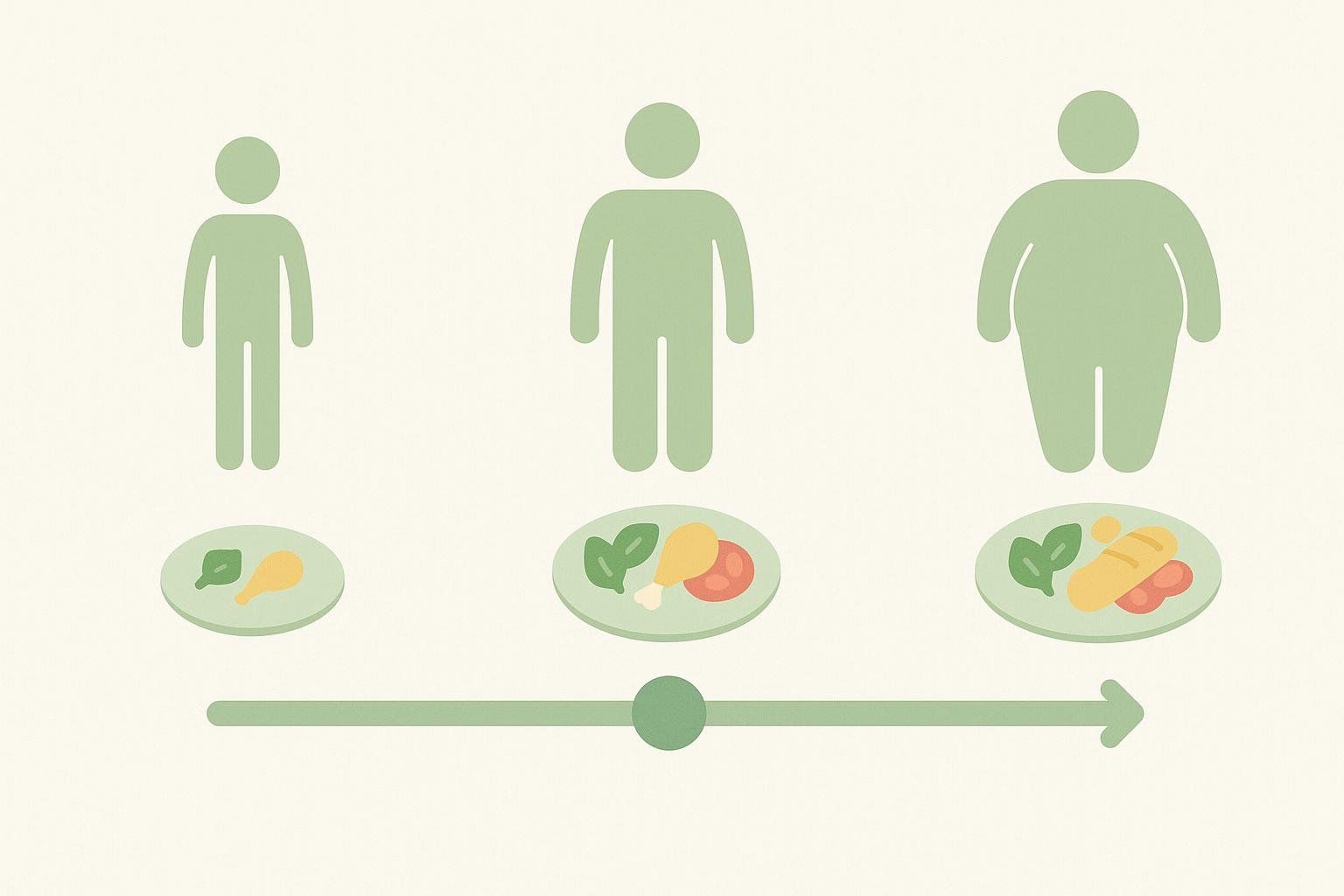
Note: TDEE stands for Total Daily Energy Expenditure, the number of calories you burn in a day through basal metabolism plus activity.
| Goal | Best Strategy | Calories | Primary Metrics |
|---|---|---|---|
| Lose Fat While Preserving Muscle | Lean (a.k.a. cut or recomposition) | Mild deficit (≤ 15 % below TDEE) | % body-fat, lean-mass retention |
| Add Muscle as Fast as Possible | Bulk (classic off-season style) | 10–20 % surplus above TDEE | Muscle cross-section, strength gains |
| Add Muscle With Minimal Fat Gain | Lean bulk (controlled surplus) | 5–10 % surplus above TDEE | DEXA lean-mass vs. fat-mass delta |
Think of it as a spectrum: the more aggressive the surplus, the faster the gains and the more body-fat you’ll likely need to diet off later. If you’re new to lifting or returning after a layoff, you can often make “lean” gains while holding calories steady. For a deep dive, see How to Lean Bulk Effectively.
What Is a Lean Body Type?
A lean body type generally describes a physique with higher muscle mass and lower body-fat percentage. Many fitness organizations classify “fit” or “athletic” ranges as below about 20 % body fat for men and below 28 % for women (American Council on Exercise Body Fat Categories). Importantly, “lean” is not the same as “skinny;” the latter may lack sufficient muscle for strength, bone support, and metabolic health.
How Can I Make My Muscles Leaner?
- Lift 2–4× per week, prioritizing compound moves. Squats, presses, and rows burn more calories and recruit more muscle fibers than isolation work.
- Cycle rep ranges. Heavy sets build myofibrillar density; moderate volumes (8–15 reps) maximize sarcoplasmic growth and caloric burn.
- Hit protein targets (≥ 1.6 g/kg). Frequent 25–40 g doses stimulate muscle protein synthesis while keeping you full.
- Create a mild calorie deficit or controlled surplus. Crash diets cannibalize muscle; huge surpluses pack on fat.
- Incorporate high-intensity cardio (HIIT) or metabolic conditioning workouts (met-cons). Short bursts elevate post-exercise oxygen consumption and spare muscle (ACSM Guidelines, 2022).
- Sleep 7–9 hours. Recovery hormones (testosterone, growth hormone, leptin) pulse during deep sleep.
- Track with DEXA scans every 8–12 weeks. Unlike bathroom scales, DEXA separates lean tissue from fat so you see real progress.
How Much Lean Muscle Can You Gain?
A 2019 narrative review on natural bodybuilders suggests aiming for a calorie surplus that yields about 0.25–0.5 % of body-weight gain per week—roughly 1–2 % per month—for novices and intermediates, with slower rates for advanced athletes (Helms et al., 2019).
4-Phase Periodization Template
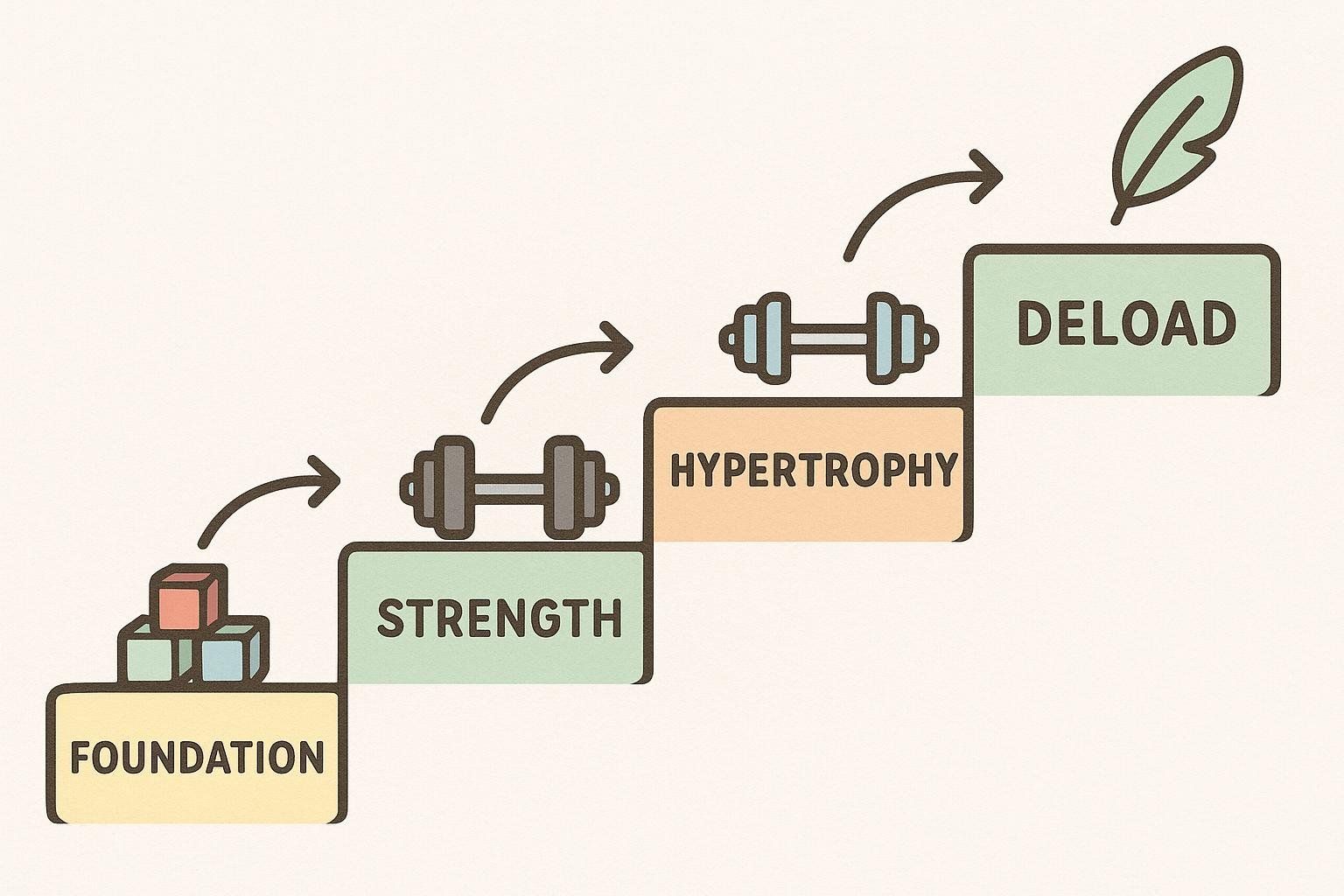
Sample BodySpec model adapted from National Strength and Conditioning Association (NSCA) guidelines
| Phase | Weeks | Focus | Rep Range | Intensity (% 1RM) |
|---|---|---|---|---|
| Foundation | 1–4 | Technique, joint prep | 10–12 | 60–65 % |
| Strength | 5–8 | Myofibrillar growth | 3–6 | 80–88 % |
| Hypertrophy | 9–12 | Sarcoplasmic growth | 8–15 | 70–75 % |
| Deload | 13 | Recovery & neural reset | 12–15 (light) | 50–60 % |
Need help structuring your blocks? Check out Periodization Training.
Macro Basics: How Much Should You Eat?
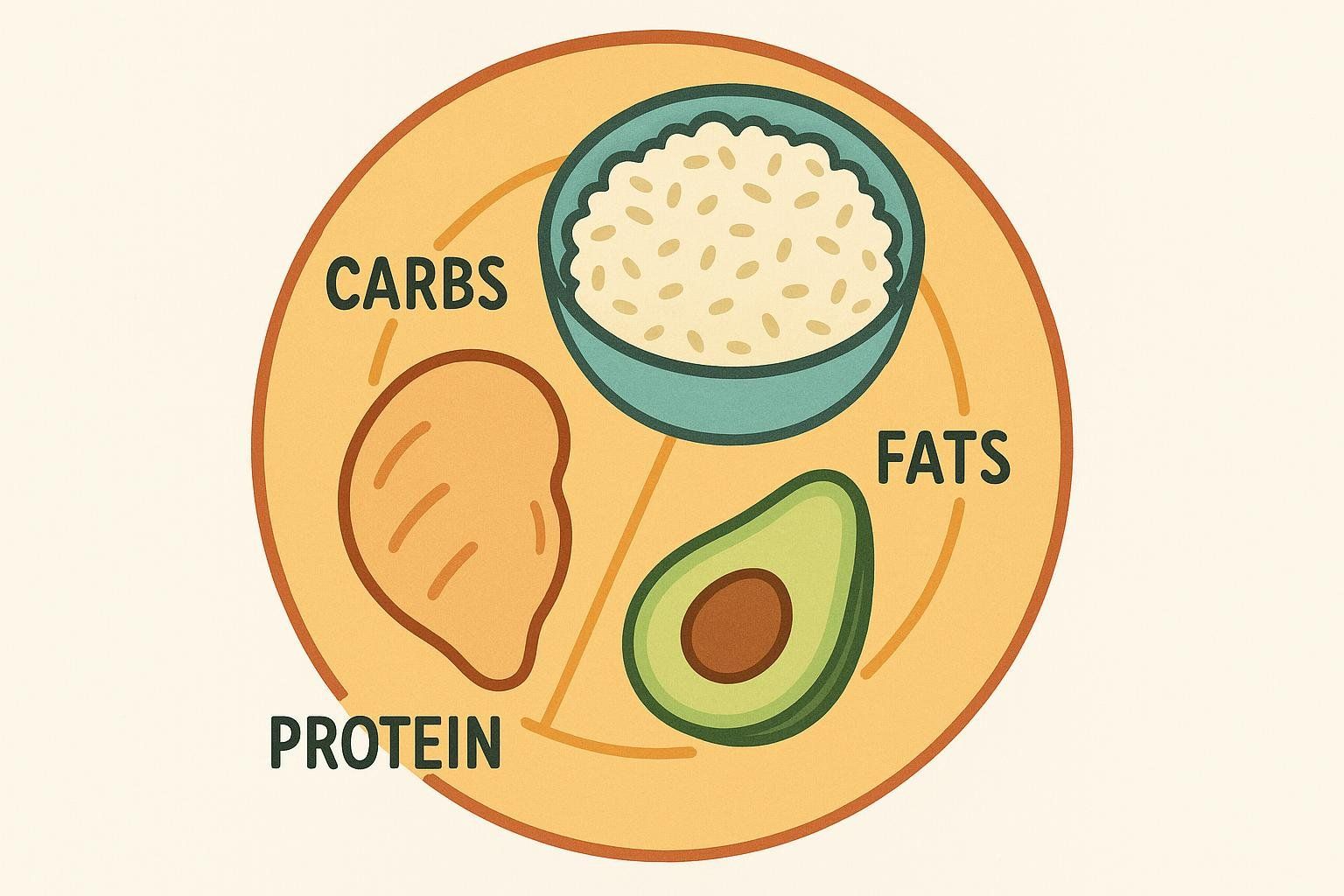
| Step | Calculation | Example (75 kg person) |
|---|---|---|
| 1. Protein | 1.2–2.0 g × body weight (kg) * | 90–150 g/day |
| 2. Fat | 0.8–1.0 g × body weight (kg) | 60–75 g/day |
| 3. Carbs | Set total calories relative to TDEE (deficit, maintenance, or surplus), then fill remaining calories with carbs. Use our BMR Calculator. | ~300 g/day (maintenance) |
*Most individuals seeking muscle gain or maintenance fall within this evidence-based protein range, as outlined by the Joint Position Statement on Nutrition and Athletic Performance (2016).
Tip: Spread protein across 4–5 meals (20–40 g each) to maximize muscle-protein synthesis.
Disclaimer: Always consult a qualified healthcare or fitness professional before beginning any new exercise or nutrition program, especially if you have underlying health conditions.
Sample Plans for Your Lifestyle
1. The 30-Something Professional in a Hurry
Pain point: Limited gym time.
30-Minute Workout (3×/week)
- Barbell back squat — 4 × 5
- Pull-ups — 4 × AMRAP
- Bench press — 3 × 5
- Dumbbell Romanian deadlift — 3 × 8
- Plank — 3 × 60 s
Nutrition Snapshot
– Prep high-protein lunches (e.g., chicken burrito bowls).
– Keep Greek-yogurt cups at the office for a 20 g protein snack.
Grab our full 12-Week Lean Muscle Program for a detailed roadmap.
2. Midlife Female Focused on Healthy Aging

Pain point: Joint discomfort & sarcopenia risk.
Low-Impact Strength (2×/week)
- Goblet squat to box — 3 × 10
- TRX rows — 3 × 12
- Resistance-band chest press — 3 × 15
- Step-ups — 3 × 12/leg
- Seated shoulder external rotations — 3 × 15
Add 2 weekly Pilates or yoga sessions for mobility.
Nutrition Snapshot
– Aim for the higher end of protein (1.5 g/kg) for muscle retention.
– Include calcium- & vitamin D-rich foods (yogurt, sardines) to support bone health.
3. Budget-Conscious Student
Pain point: Limited equipment and cash.
At-Home Body-Weight Circuit (4 rounds)
- Push-ups — 12 reps
- Lunges — 12/leg
- Inverted rows — 10 reps
Note: Use a low bar or suspension trainer; ensure equipment is stable before each set. - Resistance-band biceps curl — 15 reps
- Glute bridge — 20 reps
Nutrition Snapshot
– Cheapest protein per dollar: eggs, canned tuna, dried lentils.
– Use bulk rice & frozen veggies to hit carb and micronutrient needs.
Tracking Your Progress Accurately
Bathroom scales can’t tell muscle from fat. DEXA (dual-energy X-ray absorptiometry) is considered the gold standard for assessing lean muscle, fat mass, and bone density. A BodySpec DEXA scan delivers segmental breakdowns so you can see exactly where you’re gaining muscle.
Ready to quantify results? Book a scan with BodySpec or bundle it with a Resting Metabolic Rate test to dial in calorie targets.
Frequently Asked Questions
Can I build lean muscle without gaining fat?
Yes—particularly for beginners or those returning after time off. Keep your calorie surplus modest (≤ 10 %), hit protein goals, and lift progressively heavier weights.
Do women need different protein targets to stay lean?
Research supports 1.2–2.0 g/kg for most adults. Women over 50 may benefit from the high end to counter age-related muscle loss.
Is cardio mandatory for a lean physique?
No, but it helps create a calorie deficit and improve cardiovascular health. Short HIIT sessions preserve muscle better than long, steady-state cardio when calories are low.
Will light weights and high reps make my muscles “long and lean”?
Muscle shape is genetic. High-rep training improves endurance but won’t lengthen muscles. Combining rep ranges is more effective for lean gains.
How often should I reassess body composition?
Every 8–12 weeks with a DEXA scan provides clear trends without micromanaging day-to-day fluctuations.
Key Takeaways
– Lean muscle drives metabolism, performance, and long-term health.
– Choose a lean phase or bulk based on goals and timelines—see the comparison table.
– Combine myofibrillar (strength) and sarcoplasmic (hypertrophy) training methods.
– Periodize training and align macros with evidence-based guidelines.
– Tailor workouts and nutrition to your lifestyle—see the sample plans.
– Track progress with BodySpec DEXA scans to cut through scale confusion.
Next step: Schedule your first BodySpec DEXA scan today and put these strategies into action!
